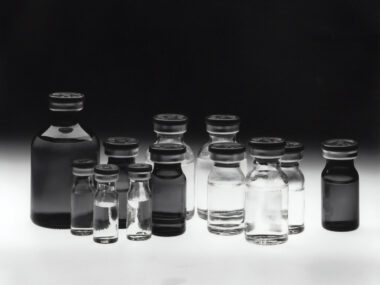FDA Rejects Changes to Natpara Cartridge, Delaying Its Relaunch
Written by |

The U.S. Food and Drug Administration (FDA) has rejected Takeda Pharmaceutical’s proposed changes to address the risk of rubber fragments detaching into Natpara’s cartridge that led to the therapy’s U.S. recall in 2019.
This treatment for hypoparathyroidism involves puncturing the medication’s cartridge rubber septum — a disk used to seal a vial or device — with a replaceable needle every day for 14 days to deliver the daily dosage. A new cartridge must be used after that.
Concerns that repeated puncturing may result in small rubber fragments detaching into the solution that could clog the needle and lead to potentially life-threatening under-dosing led to the recall.
The FDA’s decision comes six months after the company filed an approval supplement to the agency proposing changes to the treatment, which included a new septum and a new needle.
Takeda is now evaluating details of the FDA’s complete response letter to decide its next steps.
“We are deeply disappointed to inform the hypoparathyroidism community that NATPARA’s commercial return in the U.S. is indefinitely delayed,” the company stated in its announcement.
“We understand and have tremendous empathy for how much the community has been impacted without NATPARA and are disheartened to share this update,” Takeda added. More than 2,000 patients were using Natpara before the 2019 recall, according to the company.
Given the lack of FDA-approved treatment alternatives for chronic hypoparathyroidism, Takeda will continue to provide Natpara, free of charge, to patients enrolled in the special use program (SUP) in accordance with the FDA “until a commercial product is available.”
This program was established following the 2019 recall to continue Natpara treatment in patients at risk of life-threatening complications if they stopped the therapy.
To avoid the risk of rubber particle fragments, SUP participants use the therapy’s cartridge only once, as opposed to 14 times. This means that the SUP is requiring twice as much Natpara supply compared to before the recall, according to Takeda.
To maintain continued supply of Natpara within the SUP, the company still has to solve the manufacturing challenges that have led to some supply interruptions over the past two years. The first interruption was announced in late 2020 and the second in 2021, both of which were not associated with the issue of rubber fragment shedding.
In a videoconference with the U.S. hypoparathyroidism community held in April last year, Takeda explained that these manufacturing problems were due to a higher percentage of therapy batches, particularly those of higher doses, not meeting the visual inspection requirements. Failed visual inspection included “clumping” or “cloudiness” in Natpara’s solution, reflecting the abnormal presence of protein aggregates.
“It is important to underscore that all product released for patient use continues to meet Takeda’s quality standards and the safety profile of NATPARA has not changed,” Takeda stated in its latest announcement.
Administered through under-the-skin injections, Natpara is a hormone replacement therapy that delivers a lab-made form of the parathyroid hormone, the hormone missing in people with hypoparathyroidism.
The therapy, when given with calcium and vitamin D, was approved in the U.S. in 2015 and in Europe, under the brand name Natpar, in 2017 for hypoparathyroidism. Access to Natpar in Europe has not been affected by the U.S. recall.
Takeda will continue to provide timely updates on Natpara here.






